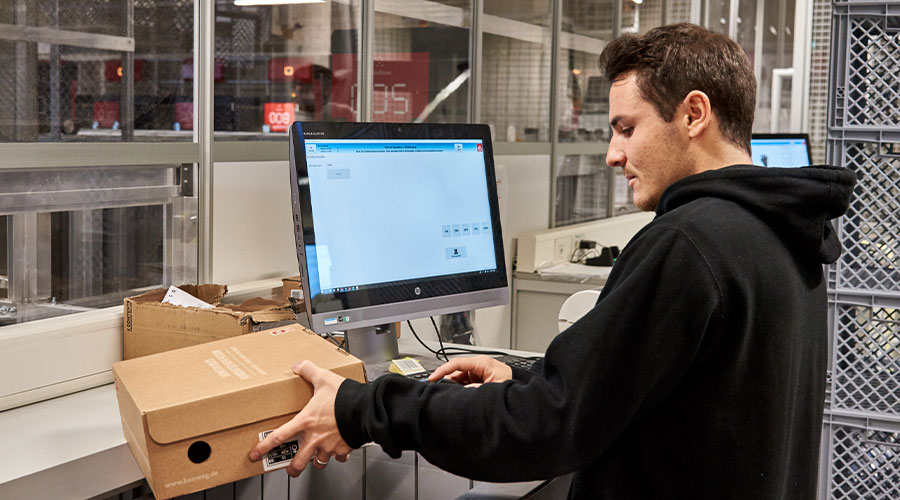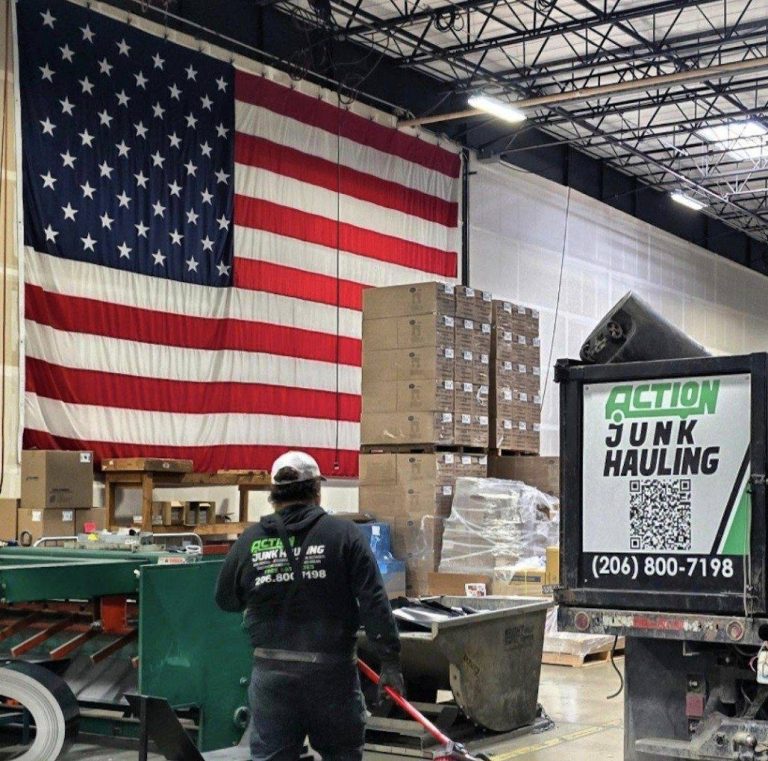The e fulfilment process refers to the entire operation of receiving, processing, packing, and shipping online orders. Unlike traditional logistics, which primarily handles bulk shipments and B2B distribution, e-fulfilment focuses on direct-to-consumer (D2C) transactions. This involves seamless integration with e-commerce platforms, real-time inventory updates, and automation to meet fast-paced customer expectations.
Benefits of E-Fulfilment
Faster Order Processing and Delivery
With automation at its core, the e fulfilment process ensures rapid order turnaround. Orders are processed within minutes of placement, reducing lead times significantly. Automated picking and packing systems, along with strategically located fulfillment centers, enable same-day or next-day delivery, meeting the high-speed expectations of modern consumers.
Scalability Without Heavy Investment
Businesses leveraging e-fulfilment don’t need to invest in warehouses, staff, or shipping infrastructure. Third-party fulfillment providers offer flexible storage and distribution solutions, allowing businesses to scale up or down based on demand fluctuations without massive operational costs.
Seamless Integration with E-Commerce Platforms
E-fulfilment providers integrate directly with online stores, automatically syncing inventory, tracking shipments, and updating customers in real-time. This eliminates the need for manual order management, reducing errors and enhancing customer satisfaction.
Reduced Shipping Costs with Optimized Logistics
With multiple fulfillment centers strategically placed across different regions, e-fulfilment companies use data-driven strategies to determine the fastest and most cost-effective shipping routes. This reduces overall shipping expenses and ensures faster deliveries, making it a more efficient solution than traditional logistics.

Superior Inventory Management
Traditional logistics often requires manual stock checks and periodic audits, whereas e-fulfilment platforms offer real-time inventory tracking. Automated stock replenishment, predictive analytics, and demand forecasting ensure businesses avoid overstocking or running out of stock, keeping inventory costs in check.
Enhanced Customer Experience
E-fulfilment enhances customer satisfaction by offering multiple delivery options, real-time tracking updates, and easy return management. Automated systems ensure accurate order fulfillment, reducing the chances of incorrect shipments. Faster delivery times and hassle-free returns increase customer loyalty.
Key Differences Between E-Fulfilment and Traditional Logistics
Speed and Efficiency
Traditional logistics focuses on bulk shipments, requiring more handling, storage, and transit time. The e fulfilment process, however, prioritizes speed, using automation and strategically placed warehouses to minimize delays.
Technology and Automation
E-fulfilment relies heavily on AI-driven inventory management, automated picking, and real-time tracking, while traditional logistics still depends on manual processes for warehousing and distribution. This technological edge makes e-fulfilment faster and more accurate.
Cost Structure
Traditional logistics involves higher upfront costs for warehousing, staffing, and transportation. E-fulfilment eliminates the need for businesses to own warehouses or maintain logistics staff, operating on a pay-as-you-go model based on order volume.
Order Volume and Shipment Type
E-fulfilment is designed for high-frequency, low-volume individual shipments, making it ideal for e-commerce businesses. Traditional logistics, on the other hand, focuses on bulk freight, catering to B2B markets with palletized shipments and large-scale distribution networks.
Customer-Centric Approach
E-fulfilment prioritizes direct-to-consumer interactions with personalized packaging, branded inserts, and faster returns processing. Traditional logistics focuses more on supply chain management and less on the end-consumer experience.
What to Remember When Choosing Between E-Fulfilment and Traditional Logistics
- Business Model Compatibility – E-commerce brands benefit more from e-fulfilment due to its D2C approach, while traditional logistics is better suited for wholesalers and manufacturers.
- Cost vs. Scalability – E-fulfilment provides flexible, scalable solutions without heavy investment, whereas traditional logistics requires fixed assets and infrastructure.
- Technology Integration – Businesses looking for seamless automation, real-time tracking, and inventory visibility should opt for e-fulfilment.
- Speed and Customer Expectations – If fast delivery and customer satisfaction are priorities, e-fulfilment is the better choice over traditional logistics.
- Operational Control – Traditional logistics offers more control over warehousing and freight movement, while e-fulfilment relies on third-party providers to manage the entire process.
E-fulfilment is the clear winner for businesses focused on online sales, fast shipping, and customer satisfaction. Traditional logistics still holds its ground in large-scale B2B operations, but for modern e-commerce brands, the e fulfilment process provides the agility, efficiency, and automation required to stay competitive.
















